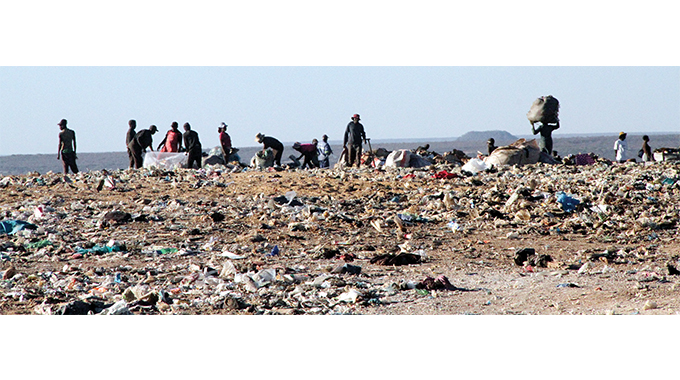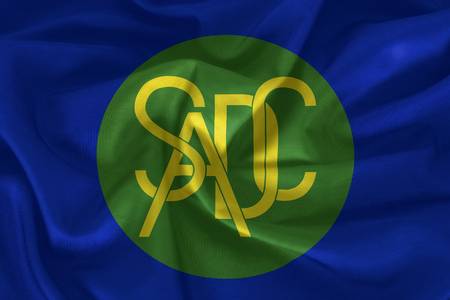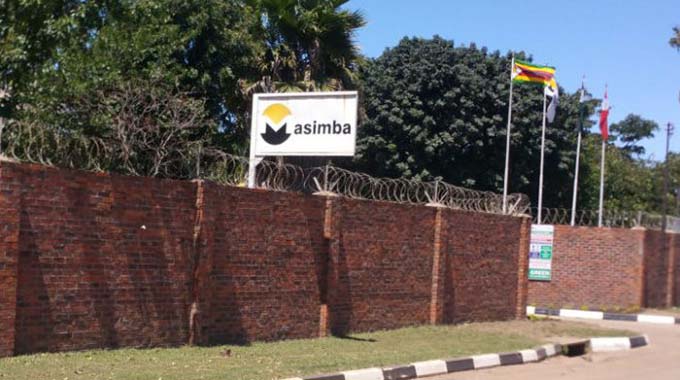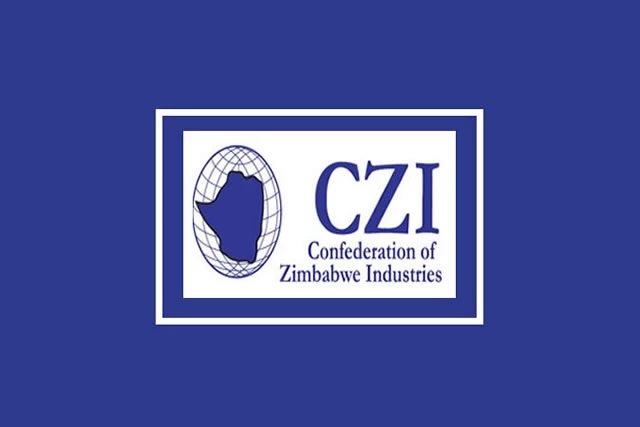CZI casts doubt over RBZ inflation targets
THE Confederation of Zimbabwe Industries (CZI) doubts the central banks can achieve its inflation targets for 2025 following price surges in January, which the business lobby group believes may present significant risks to the bank’s objectives.
CZI said while the 2025 National Budget and Monetary Policy Statement (MPS) targeted monthly inflation to trend below 3 percent, on account of tight fiscal and monetary policies, the high inflation recorded in January 2025 could jeorpadise the bank’s inflation targets.
“The elevated ZiG month-on-month inflation rate poses a significant challenge to achieving a low annual ZiG inflation rate by May 2025, when the annual inflation figure will be reported,” CZI said.
The country’s largest industrial lobby group, said the ZiG month-on-month inflation started 2025 at a higher rate of about 10,5 percent, reflecting an increase of 6,8 percentage points from a rate of 3,7 percent recorded in December 2024.
“A month-on-month inflation rate of over 10 percent is significantly high and generally disruptive in the economy as it erodes purchasing power and causes uncertainties, resulting in loss of confidence in the local currency,” the business lobby group noted.
The high rate of inflation for January, CZI said, threatened the achievement of the set policy target of monthly inflation below 5 percent.
The overall inflation was driven by several products in the consumer basket. Major drivers of inflation during the period were rentals for housing (52 percent), domestic services and housing services (51 percent), para-medical services (12 percent), and fruits (11 percent) among others.
Also among the products with high inflation were food products (fruits and vegetables). CZI also said statistics from ZimStat show that the food poverty datum line for January 2025 was US$861.14 having increased by 6,8 percent from the December 2024 level.
“This jump in the food poverty datum line is a concern, especially to low-income households,” CZI said in its January inflation and currency developments report for January.
The US dollar monthly inflation also began the year at a higher rate of about 11,5 percent for January 2025, which is an all-time high rate over the past four years.
This implies that US dollar prices in January 2025 significantly increased compared to December 2024.
“In Zimbabwe, US dollar inflation is normally a response to ZiG inflation, as retailers adjust their prices in line with ZiG prices to avoid being accused by the RBZ’s Financial Intelligence Unit (FIU) for using the parallel market rates,” CZI said.
According to CZI, the US dollar annual inflation for January 2025 jumped to 14,6 percent, gaining 12,1 percentage points from 2,5 percent in December 2024.
“A double-digit US dollar inflation under a highly dollarised environment is a cause for concern, as prices are generally expected to be stable in US dollar terms”.
Presenting the 2025MPS, Reserve Bank of Zimbabwe Governor Dr John Mushayavanhu, said the bank’s commitment to pursue optimal monetary policies through prudent reserve money targeting and strategic interventions in the forex market, would stabilise the exchange rate, a key driver of prices.
“Inflation is expected to continue on a downward trend, with month-on-month inflation projected to average below 3 percent in 2025, consistent with exchange rate stability.
“Given the base effects caused by the spike in monthly inflation in October 2024, annual inflation is expected to be elevated from April 2025 to September 2025 before significantly moderating to the end of the year 20-30 percent,” Dr Mushayavanhu.
The central bank devalued the domestic currency by 43 percent in September last year, as the bank sought to address exchange rate discrepancies that distorted pricing in the market, inadvertently driving the surge in prices in October.
Finance, Economic Development and Investment Promotion Minister, Professor Mthuli Ncube, in his 2025 National Budget Statement, said prices for goods and services had relatively been stable following the introduction of ZiG in April last year.
Month-on-month ZiG inflation declined by 2,4 percent in May 2024, and averaged zero percent in the second quarter of the year.
“However, inflation pressures emerged in August to October 2024, attributable to a surge in parallel market foreign exchange activities, which worsened adverse inflation expectations,” he said.
Consequently, the RBZ’s monetary policy committee (MPC) implemented stabilisation measures that included increasing the bank policy rate and standardising statutory reserve requirements for deposits.-ebsinessweekl










